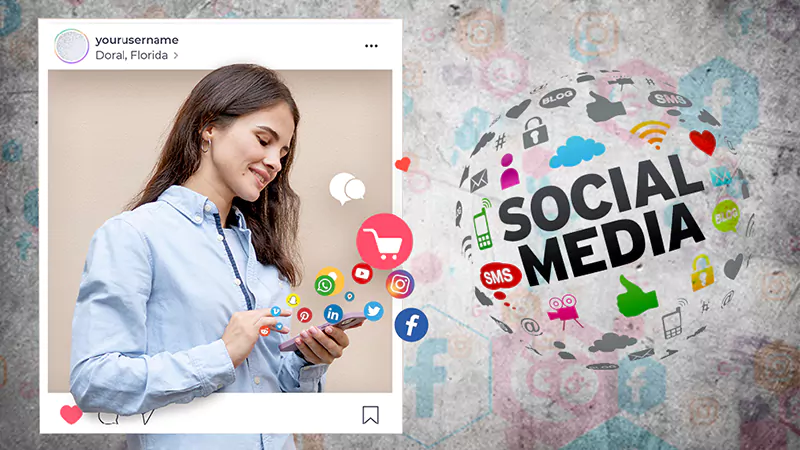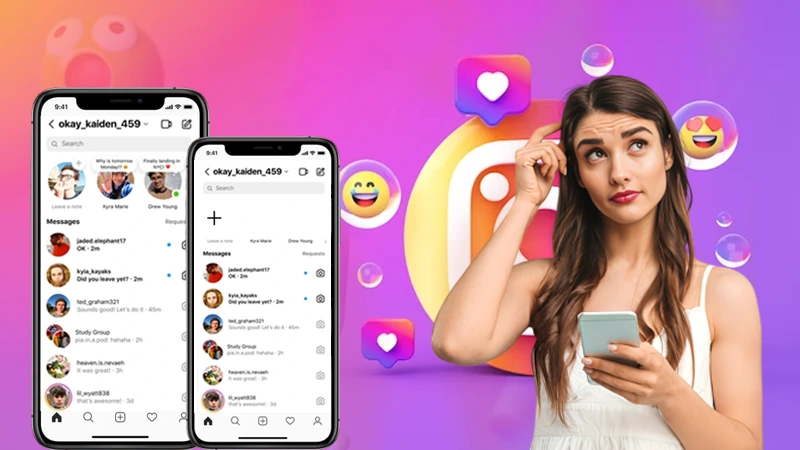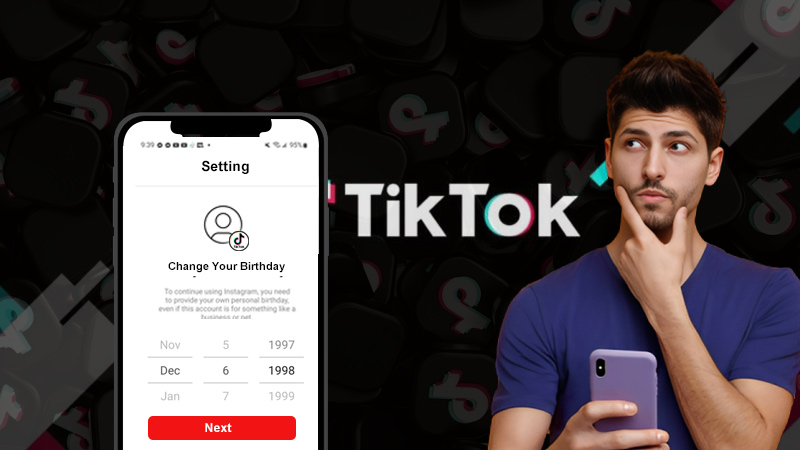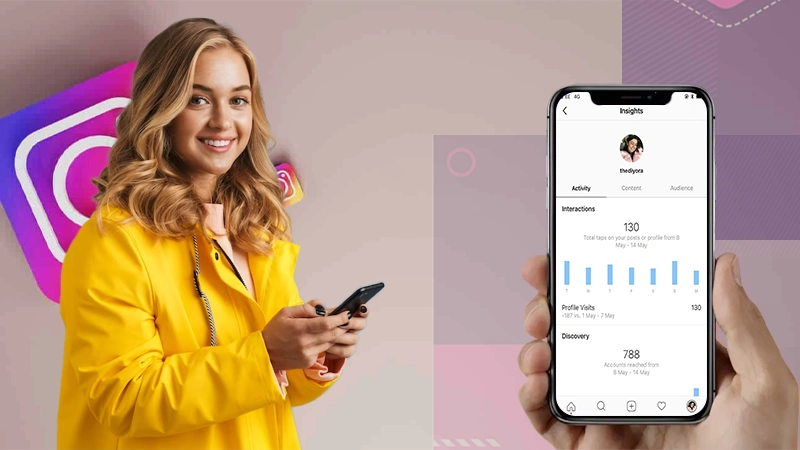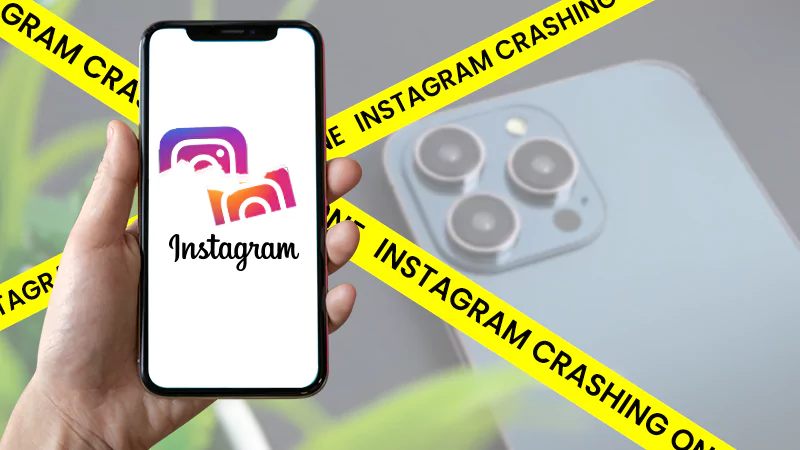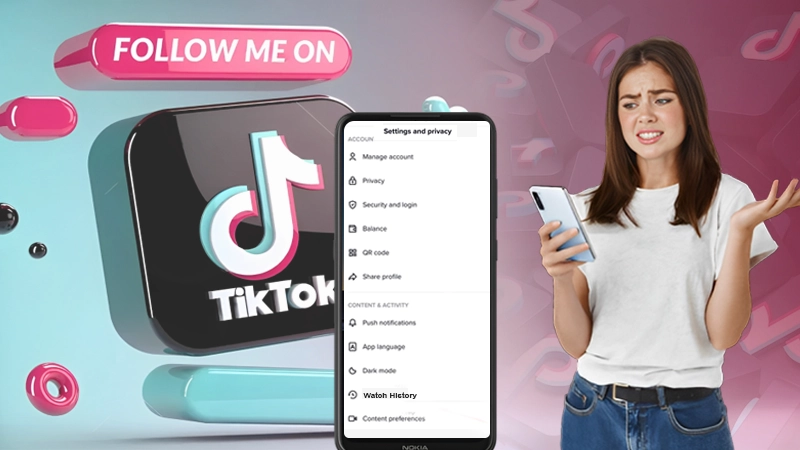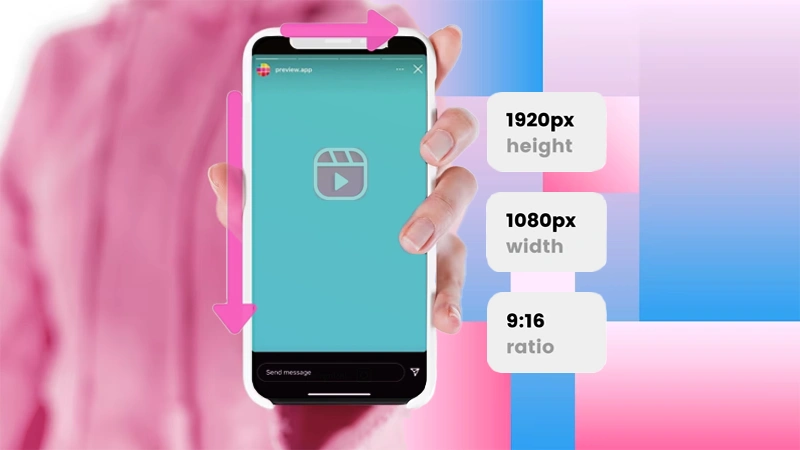The Rise of Micro-Influencers: Leveraging Authenticity in Social Media Marketing
In the world of social media marketing, a new trend has emerged, challenging the dominance of macro-influencers: the rise of micro-influencers. Micro-influencers, typically defined as individuals with smaller but highly engaged social platform followings, have gained significant traction due to their authenticity and genuine connections with their audiences. This article explores the advantages of leveraging micro-influencers in Internet media marketing campaigns and highlights the unique opportunities they offer for brands.
The Power of Authenticity in Influencer Marketing:
Authenticity has become a crucial factor in the success of influencer marketing. Consumers are seeking genuine connections and trust, and micro-influencers, with their relatable experiences and closer relationships with followers, are perfectly positioned to fulfill this need. By presenting themselves as authentic individuals rather than detached celebrities, such influencers can effectively build trust and credibility with their audience, leading to higher engagement and conversion rates.
This simple decision tree—choosing authenticity over celebrity status—has proven to be a winning strategy in the ever-evolving landscape of influencer marketing.
Understanding Micro-Influencers:
Micro-influencers possess distinct characteristics that set them apart from macro-influencers. They typically have follower counts ranging from a few thousand to a hundred thousand, allowing them to maintain a more intimate and engaged community. Furthermore, they often specialize in specific niches, such as beauty, fitness, or parenting, enabling organizations to target their campaigns with precision.
Examples of successful influencer campaigns, such as collaborations with local businesses or niche products, demonstrate the impact these influencers can have on brand awareness and sales. According to Australian marketing firm, Marketix, TikTok marketing via influencers often boast high engagement rates, with average engagement rates ranging from 10% to 25% depending on the influencer’s follower count and niche.
Advantages of Collaborating with Micro-Influencers:
Collaborating with micro-influencers provides several advantages for brands:
- Building genuine connections: They are frequently known for their authentic and personal approach, making it easier for them to establish genuine connections with their followers. This translates into higher engagement rates and stronger loyalty.
- Enhanced engagement and higher conversion rates: Due to their smaller audience size, micro-influencers often have higher assignation rates compared to macro-influencers. This increase leads to higher conversion rates, as their followers trust their recommendations.
- Cost-effectiveness: Collaborating with them is more affordable than partnering with macro-influencers, making it an attractive option for brands with limited budgets.
- Accessing niche markets and targeting specific demographics: They have a deep understanding of their niche and cater to specific demographics. This enables trade names to reach highly targeted audiences that align with their target market.
- Strategies for Effective Collaboration with Micro-Influencers: To maximize the benefits of working with micro-influencers, trade names should consider the following strategies:
- Identifying the right influencer for your brand: Conduct thorough research to find those whose values, content style, and audience align with your trade name’s image and target market.
- Establishing a genuine and mutually beneficial relationship: Approach micro-influencers with a genuine interest in their work, offering personalized collaboration opportunities that resonate with their audience and aspirations.
- Crafting compelling campaigns and content: Collaborate closely with these influencers to create content that reflects their unique style while integrating your brand’s messaging seamlessly.
- Encouraging user-generated content and authentic testimonials: Leverage the authenticity of micro-influencers by encouraging them to create user-generated content and share their genuine experiences with your company or product.
Measurement and Evaluation of Micro-Influencer Campaigns:
Measuring the success of micro-influencer campaigns requires the right metrics and tools:
Key Performance Indicators (KPIs)-
Define relevant KPIs that align with campaign objectives. These can include metrics such as engagement rate, click-through rate (CTR), conversion rate, and brand sentiment.
- Engagement Rate: This metric measures the level of interaction and involvement generated by the maneuver, including likes, comments, and shares on influencer posts.
- Click-Through Rate (CTR): CTR measures the percentage of users who clicked on a specific link provided by the influencer, such as a call-to-action button or promotional URL.
- Conversion Rate: The conversion estimate tracks the percentage of users who completed a desired action, such as making a purchase, signing up for a newsletter, or downloading an app, as a result of the campaign.
- Brand Sentiment: Its analysis gauges the overall perception and sentiment surrounding it as expressed in user comments, mentions, and feedback
By tracking these indicators, organizations can gauge the effectiveness of their arrangements and identify areas for improvement.
Tools and Techniques for Tracking-
Utilize internet communities analytics tools and monitoring platforms, such as Sprout Social or Hootsuite, to gather data on campaign performance. These tools provide valuable insights into metrics like reach, impressions, assignation, and follower growth, enabling companies to assess the effectiveness of their influencer marketing efforts.
Furthermore, monitoring platforms offer the ability to track audience demographics, helping firms gain a deeper understanding of their target market. Armed with this data, brands can make informed decisions about their advertising strategies and tailor their tri-fold brochure design to resonate with their specific audience segments.
- Social Media Analytics Tools: Platforms like Sprout Social, Hootsuite, or Buffer provide comprehensive analytics and reporting features. They enable firms to track key metrics, monitor concentration, measure audience growth, and identify trends across various public networking channels.
- Google Analytics: Google Analytics can be used to track website traffic and conversions driven by influencer campaigns. It provides insights on referral sources, user behavior, and conversion paths, helping brands attribute arrangement success to specific influencers.
- Social Listening Tools: Tools like Brandwatch, Mention, or Talkwalker allow firms to monitor such mentions, track sentiment, and gain a deeper understanding of audience perception surrounding the campaign and the company.
- Influencer Marketing Platforms: Platforms such as AspireIQ, Upfluence, or Grin provide end-to-end solutions for influencer maneuver management, including tracking its performance, measuring KPIs, and analyzing ROI.
Adjusting Strategies Based on Performance-
Adjusting strategies based on performance is a crucial step in optimizing micro-influencer maneuvers. It involves closely monitoring the course of action results and audience feedback to identify areas of improvement and make necessary adjustments. Here’s an example to illustrate this process:
Let’s consider a cosmetic brand that collaborated with multiple influencers to promote their new makeup collection. After launching the maneuver, they closely monitored the following metrics: engagement rate, click-through rate (CTR), and conversion rate.
Upon analyzing the data, they noticed that while the engagement evaluation was high, the CTR, and conversion measure were relatively low. This indicated that although the influencers were successful in capturing the audience’s attention, the campaign was not effectively driving users to the brand’s website or encouraging them to make a purchase.

In response to this insight, the brand decided to adjust its strategy by incorporating more direct call-to-action elements in the influencer content, such as swipe-up links, discount codes, and clear product descriptions. They also provided influencers with more detailed product information and tutorials to address potential customer concerns and increase their confidence in purchasing.
After implementing these adjustments, the organization saw a significant improvement in the CTR and conversion rate. Users were now more inclined to click on the links shared by influencers, explore the brand’s website, and ultimately make a purchase. By closely monitoring the campaign’s performance and making data-driven adjustments, the company successfully optimized its strategy to achieve better results.
This example highlights the importance of adjusting strategies based on performance metrics. By identifying areas for improvement and taking corrective actions, firms can enhance the effectiveness of their micro-influencer campaigns, increase assignation, and drive desired user actions.
Case studies showcasing the impact of micro-influencers on brand awareness and sales:
Youfoodz, an Australian fresh meal company, partnered with 81 Instagram influencers specializing in health, fitness, and food to promote their new winter menu. These influencers created 167 pieces of content and shared 162 Instagram stories, generating nearly 70,000 engagements and over 500,000 impressions.

The campaign reached almost 1.5 million people across Facebook and Instagram, with Instagram Stories providing authentic and engaging content for the target audience. This collaboration effectively showcased Youfoodz’s commitment to easy and healthy eating, driving significant engagement and expanding brand reach.
Another case study for RESCUE. RESCUE’s campaign for promoting their natural remedies and driving product trials was a resounding success. By partnering with influential bloggers who shared personal stress relief stories and included a “buy one, get one free” coupon, they achieved impressive results:
- 133 million social media impressions
- Over 6,000 clicks to the coupon site
- 258% increase in Instagram following
- #4 nationally trending topic on Twitter
This strategic course of action generated widespread awareness, engagement, and positive brand sentiment for RESCUE’s range of products.
Future Trends and Opportunities in Micro-Influencer Marketing:
Looking ahead, several trends and opportunities are emerging in such marketing:
- Evolution of micro-influencer collaborations: Brands are exploring long-term partnerships with them to ensure consistent messaging and deepen brand associations over time.
- Embracing emerging platforms and trends: As social media platforms evolve, new opportunities arise for these. Brands should stay updated on emerging platforms and trends to tap into new and engaged audiences.
- Balancing authenticity with regulations and disclosure: As influencer commerce regulations evolve, brands and micro-influencers must find a balance between authentic content creation and compliance with disclosure requirements to maintain transparency and trust.
Conclusion:
The rise of micro-influencers has disrupted the landscape of social media promoting, offering brands the opportunity to connect with audiences in a more authentic and targeted manner. By leveraging their advantages, such as their genuine connections, higher engagement rates, and cost-effectiveness, brands can create impactful and successful social media arrangements. As the industry continues to evolve, brands must adapt their strategies, collaborate with these influencers effectively, and prioritize authenticity to harness the true potential of social media marketing.
The Ultimate Guide to Accessing Geo-Restricted Social Media…
Leveraging Social Media for Networking and Job Search:…
How to Stay Safe on Your Social Media…
Mastering the Digital Domain: 5 Social Media Marketing…
Why Ghost Trails Feature Disappeared: Did Snapchat Remove…
Understanding Why Don’t I Have Instagram Notes &…
How to Change Age on TikTok? An Ultimate…
Instagram Profile Viewer: Can You See Who Views…
Learn 15+ Easy Ways to Fix Instagram Keep…
TikTok Watch History: An Ultimate Guide on How…
The Ultimate 2024 Guide to Instagram Story Size…
All You Need to Know About TikTok’s Viral…




